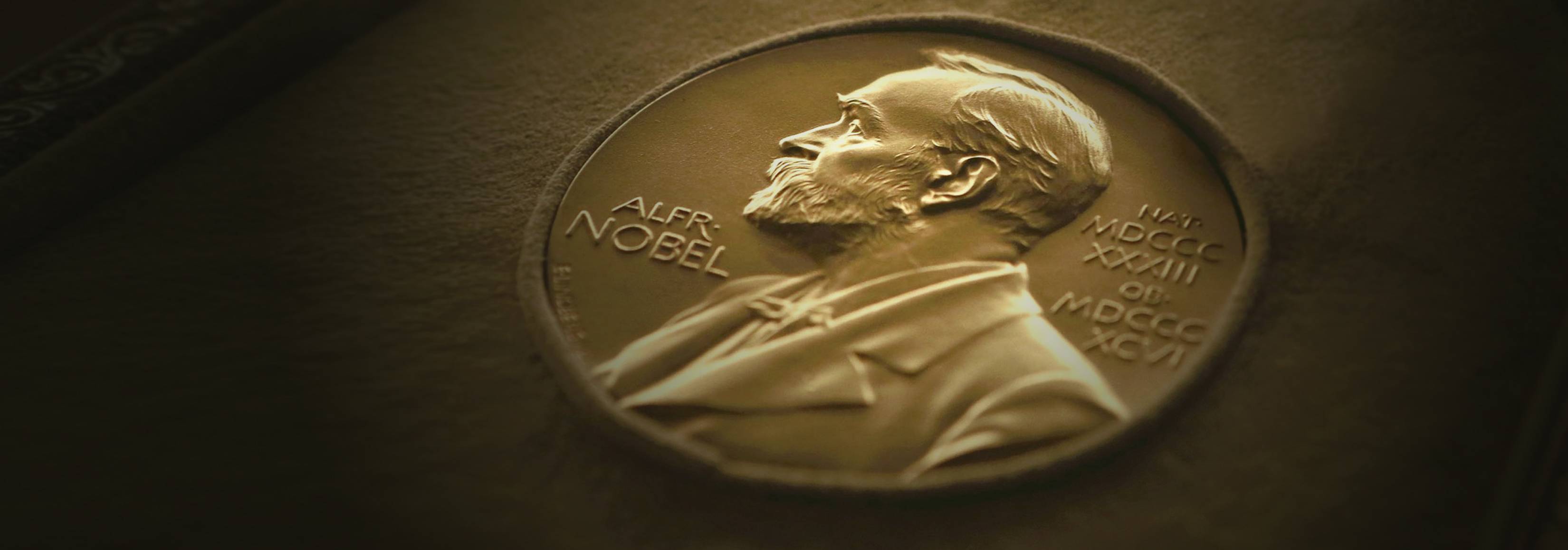The intimate relationship between biology and electricity has motivated intense scientific inquiry since 1783, when Italian physician Luigi Galvani accidentally shocked an inanimate frog leg into movement. The first century and a half of bioelectric investigation, however, consisted almost entirely of successively closer observations of electrical occurrence in biological cells and tissues, along with some imaginative theorizing as to its purpose.
Though we now understand that bioelectricity is used by cells to store metabolic energy, generate physiological changes and communicate with one another, it was the experimental acumen of two American physiologists that made the first connection between occurrence and purpose, structure and function. With his mentor Joseph Erlanger, Herbert S. Gasser described the highly differentiated character of the single nerve fibers that carry electrical signals in biological tissues — and garnered the 1944 Nobel Prize in Physiology or Medicine.
Prior to Dr. Gasser and Erlanger’s investigations, which began in 1916 at Washington University in St. Louis, the major discoveries in bioelectricity had to do with describing action potentials — the electrochemical waves that act as signals between nerve cells and are also known as nerve impulses. German physician Emil du Bois-Reymond, widely regarded as the father of electrophysiology, made the first major discovery in the mid-19th century when he identified the existence of nerve impulses. By the 1920s British electrophysiologist Edgar Adrian was employing radio amplifiers to record the signals of single nerve fibers, and his findings showed that sense organs and nerve cells discharge not just singular impulses but whole rapid-fire sequences.
Working together in the late 1920s, Drs. Gasser and Erlanger first showed that conduction velocity of action potentials is greater in thick nerve fibers and less in thin fibers. They then defined three classes of nerve fibers based on their size and conduction velocity: A-fibers, the widest at up to 0.02 millimeters in diameter, conduct impulses at anywhere from 5 to 100 meters per second; B-fibers have conduction velocities of 3 to 14 meters per second; and C-fibers, which can be less than 0.001mm diameter, conduct impulses of less than two meters per second. Numerous other properties, they showed, are dependent upon the speed of conduction, including the duration of the impulse, its rate of rise, its size, the duration of the refractory period following the impulse, the level of nerve excitability and the sensitivity of the impulse to pressure placed on the nerve.
The significance of Drs. Gasser and Erlanger’s findings was illustrated in their subsequent proof that this high degree of differentiation occurs in both sensory nerves and motor nerves. The perception of pain, for example, is effected by very thin, slow-conducting fibers, while muscle action and the sense of touch are mediated by thick, rapidly conducting fibers.
Subsequent investigations by Drs. Gasser and Erlanger further supported the structure-function relationship they first defined, a discovery that opened countless avenues of electrophysiological research. However, their contribution to current medical knowledge and clinical potential might be considered even more far-reaching. We now understand that disruptions in the proper conduction of nerve impulses are involved in diagnoses as far-flung as neurodegenerative diseases like Alzheimer’s, chronic pain disorders like fibromyalgia, autoimmune diseases like multiple sclerosis and even bacterial infections like leprosy.
CAREER
Born in Platteville, Wisconsin, in 1888, Dr. Gasser studied physiology under Dr. Erlanger at the University of Wisconsin, where he received two undergraduate degrees. He went on to earn his M.D. in 1915 from The Johns Hopkins University School of Medicine. He joined Dr. Erlanger’s laboratory at Washington University in St. Louis in 1921, and spent 1923 to 1925 studying in Europe. In 1931 he became professor of physiology and head of the medical department at Cornell University. He came to The Rockefeller Institute as director in 1935 and served in that position until 1953. He was appointed an editor of The Rockefeller University Press’s Journal of Experimental Medicine in 1936. Dr. Gasser was a member of the National Academy of Sciences, the Philosophical Society and the Association of American Physicians, which presented him with the Kobel Medal in 1954. He was a foreign member of The Royal Society, London. He died in 1963.
